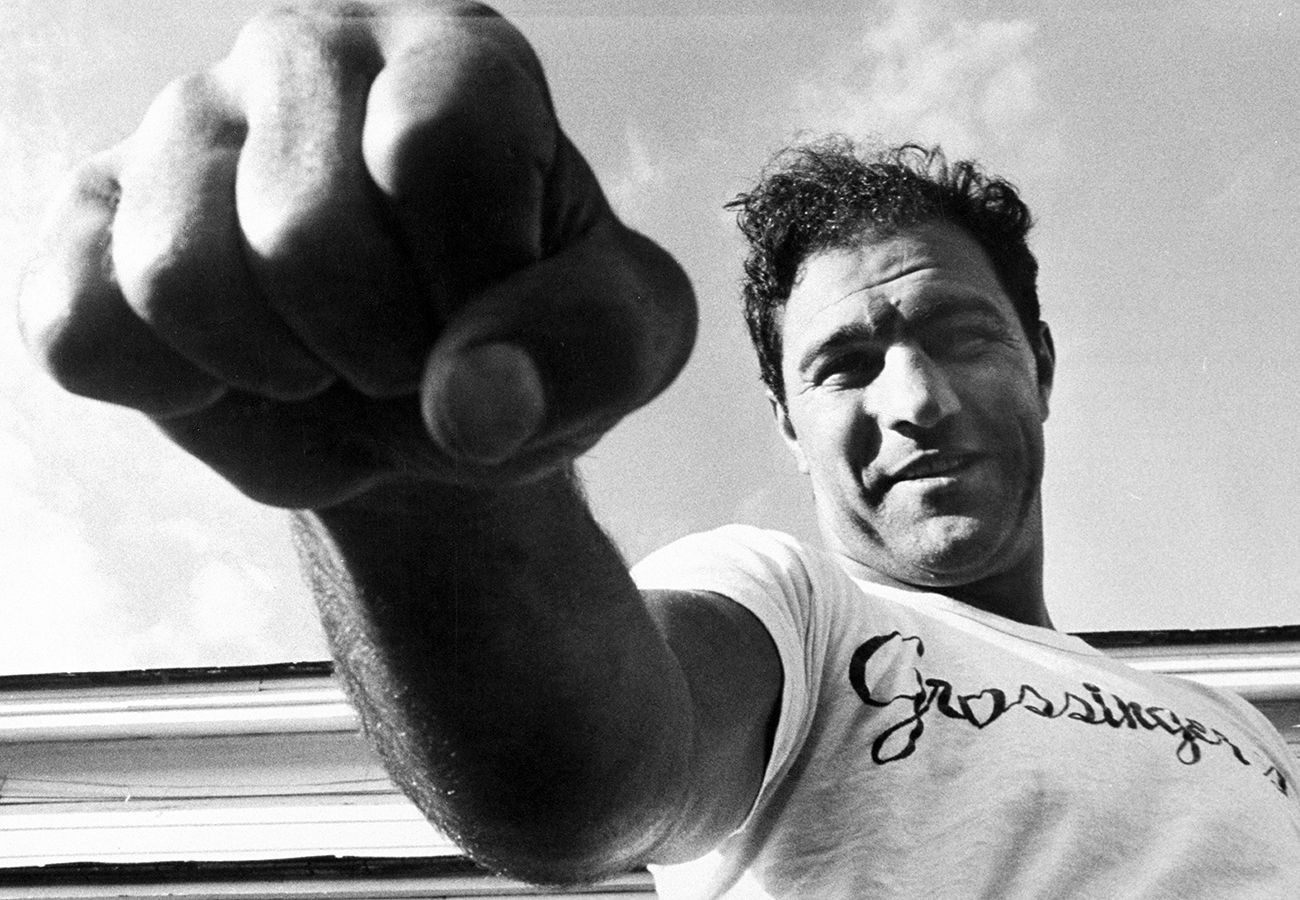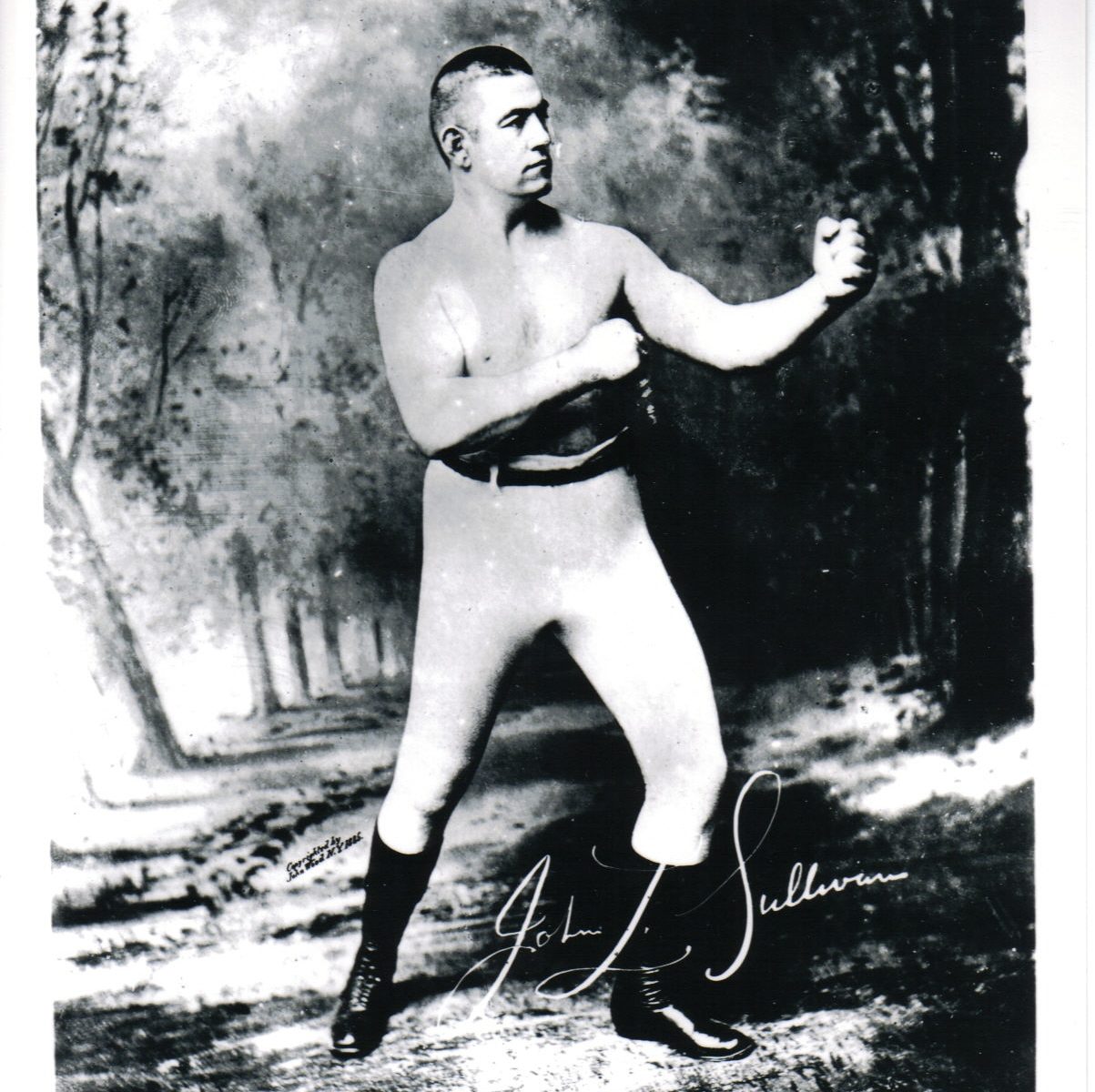The London Prize Ring Rules – 1838, 1853
The Broughton Rules of boxing were universally recognized until 1838 when the British Pugilists’ Protective Association introduced the London Prize Ring Rules. The London Rules expanded Broughton’s original seven rules to twenty and after further revision in 1853 to twenty-nine. The key changes are listed below.
1. The ‘scratch’ replaced Broughton’s ‘square of a yard’ chalked in the middle of the stage.
2. After the 30-second rest between rounds, and the umpire’s call of ‘time,’ each man is required to walk to the scratch unaided and was allowed eight seconds to do so. (This was instituted to prevent a boxers second from carrying the fighter to the scratch line who were, in reality, unable to continue).
3. Greater attention to the fighters dress’ particularly limiting spikes on shoes.
4. A man willfully going down without a blow is disqualified.
5. Fouls such as butting, gouging, biting, scratching, kicking, use of stones, etc. in the hand, squeezing on the ropes, were set out fully, though wrestling is permitted.
6. Provisions were made regarding wagers in the event of postponements, cancellations, and interference by the law or darkness, boxers quitting the ring and other unforeseen circumstances.
7. The fight ended when one of the men failed to come to scratch in time.
The London rules would govern bare-knuckle boxing until the Queensbury Rules in 1867 ushered in the modern, gloved era. The last bare-knuckle heavyweight title bout under the London Prize Ring Rules was July 8, 1889 when John L. Sullivan defeated Jake Kilrain in 75-rounds.

